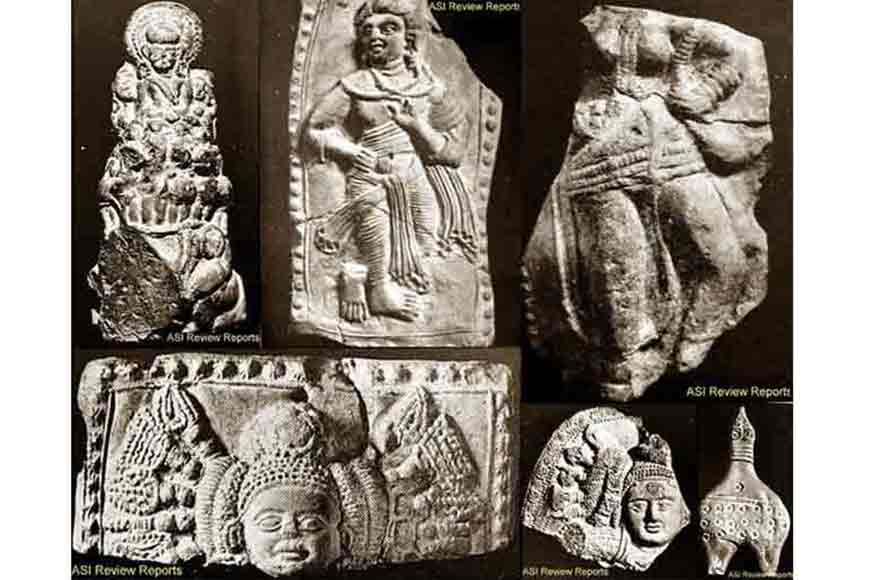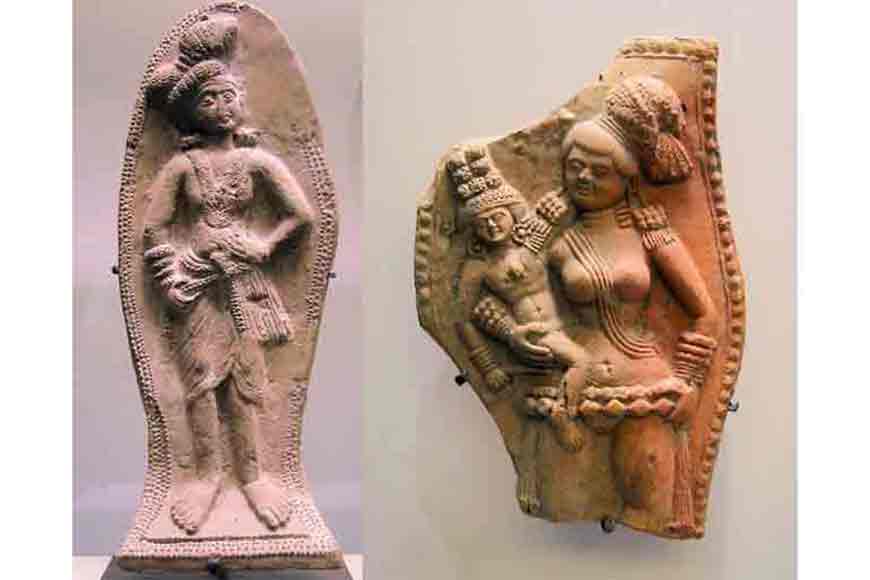The ‘pigeon’ who flew in to topple Chandraketugarh

The name that strikes us the minute we speak about Chandraketugarh, is that of Gorai Gazi or Gorachand Pir. Hewas born in the city of Mecca in Arabia and his real name was Pir Hazrat Shah Syed Abbas Ali Gazi. He came to India to preach Islam (according to Arak, he was from New Delhi) and was accompanied by 21 auliyas. This band of 22 religious preachers first reached the village of Raikolain, Barasat. This place still exists and is known as ‘Bayash Awaliya Than.’
Some believe Gorachand Pir was born in a Hindu family and later converted to Islam as ‘Gorachand’ cannot be a name given to a Muslim child. A source suggests that queen of Chandraketugarh, Rani Kamala Devi, was fascinated by Gorachandand and called him by that name. Other sources try to draw a relation between Gorachand Pir and Sri Chaitanya, saying they were contemporary though this comparison does not stand its ground since Gorachand Pir lived long before Chaitanya.

According to folklore, Gorachand came to Chandraketugarh and displayed many miracles before King Chandraketu --- like growing Champa flowers on an iron fence. It was also because of such miracles, that the area is known as Bedachampa. Gorachand asked the king to embrace Islam, but he refused and went to war against the Pir. Before going to war, he told the queen that he was taking a pair of pigeons. If he was defeated, he would free the pigeons and allow them to fly.This would be a signal for members of the royal family to end their lives. The King was proud and was not ready to give up his religion and faith.
Also Read
BURDWAN HAS A HISTORY OLDER THAN KOLKATA
However, the King won, yet his enemies were clever and let the pigeons fly. Seeing it as an ill omen, all members of the royal family committed suicide by drowning themselves in a large pond. When King Chandraketu returned from the war, he got to know of this tragedy and gave up his life too. With the end of the royal family, the Chandraketugarh Fort also was lost and turned to ruins.

But the historical truth behind this folklore is still debatable. Historian Satish Chandra Mitra, has discussed the relevance of this story in his book on Jessore and Khulna. “During the Pathan and Mughal age, if any Hindu king protested, they would send their army to teach these kings a lesson. That was the usual practice. Mostly, the Hindu king wasdefeated and captured, as Pathans and Mughals had a superior army. The kings also carried two pigeons with them and just like the King of Chandraketugarh, they would use them for carrying different messages, specially that of victory and defeat. Many a time, the messages would go wrong, as the pigeons were not specially trained like their European counterparts. And they would fly on their own, carrying a wrong message. In this way several dynasties of Bengal were perished. Debagram’s Raja Devpal, Mohammedpur’s Sitaram or Baribathan’sMukut Roy dynasties are such examples.”
Well-known historian Rakhaldas Banerjee was not ready to accept the theory of Chandraketugarh’s fall as per folklore. He feels the pigeon theory is next to ‘impossible.’
Then what led to the fall of Bengal’s Chandraketugarh ?
(Read next week)









